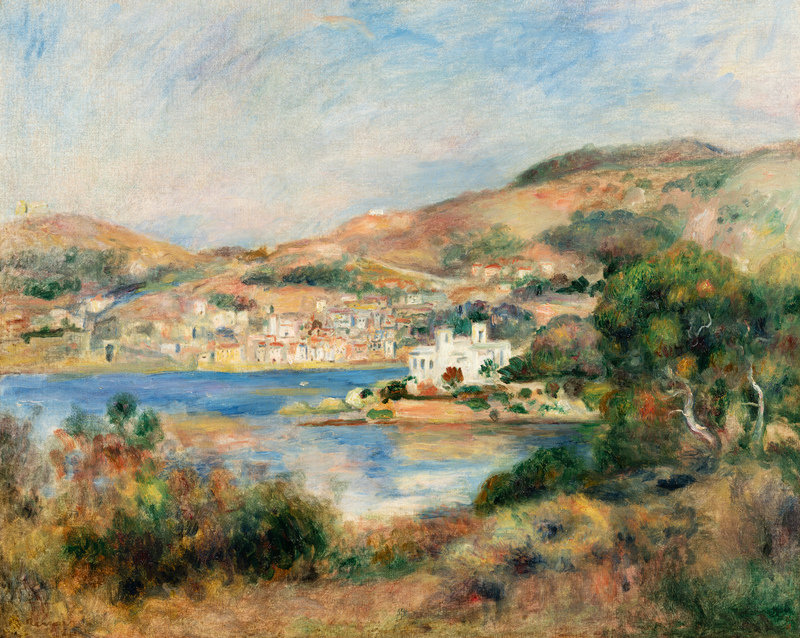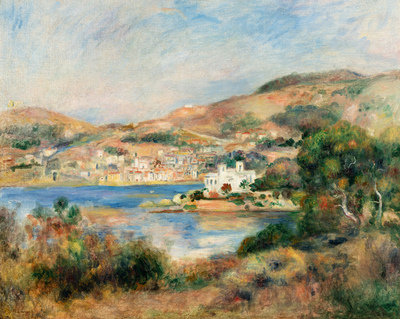Condition Report
Contact Information
Lot 10
Pierre-Auguste Renoir
(French, 1841-1919)
La Baie de Villefranche-sur-Mer
, 1899
Sale 1025 - American & European Art
May 10, 2022
10:00AM CT
Live / Chicago
Own a similar item?
Estimate
$400,000 -
600,000
Price Realized
$524,000
Sold prices are inclusive of Buyer’s Premium
Lot Description
Pierre-Auguste Renoir
signed Renoir (lower left)
18 x 21 3/4 inches.
Property from the Collection of Richard D. Simmons, Alexandria, Virginia
(French, 1841-1919)
La Baie de Villefranche-sur-Mer
, 1899oil on canvas
signed Renoir (lower left)
18 x 21 3/4 inches.
Property from the Collection of Richard D. Simmons, Alexandria, Virginia

















